Isaac Julien’s Tate retrospective: multi-screens, ‘sonic tapestries’ and moments of joy
Artist and filmmaker Isaac Julien’s Tate Britain retrospective ‘What Freedom Is to Me’ questions histories, explores activism, but is also full of joy and beauty
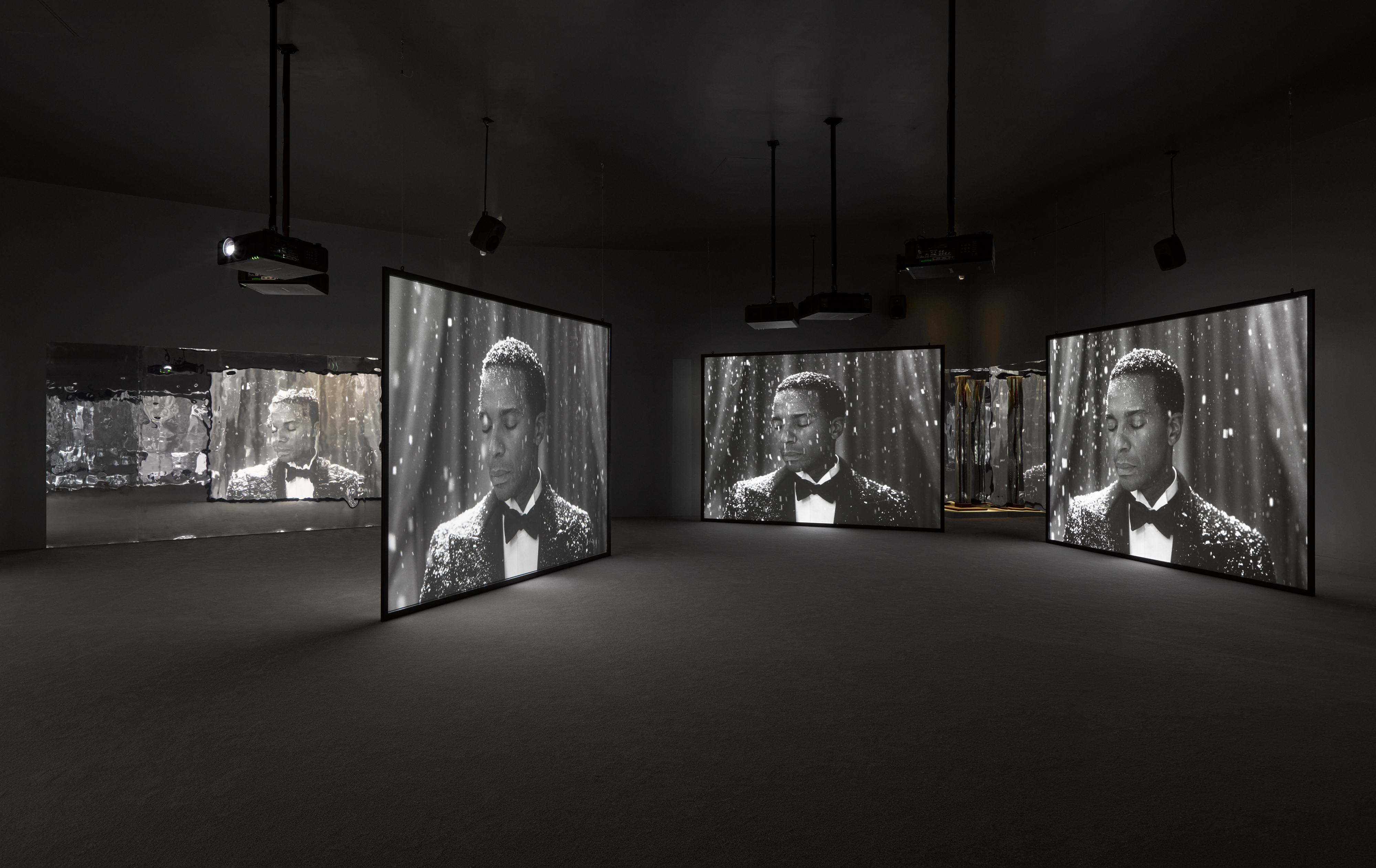
Artist Isaac Julien’ first Tate retrospective covers 40 years of work specialising in film, photography and installation exploring activism, selfhood, how we make histories, knowledge and Black and queer identity.
The first thing you see in the exhibition, which takes its title from a Nina Simone quote, is a timeline of events that most affected the artist throughout his life, starting with his parents’ migration from Saint Lucia to the UK in the 1950s. This chronology – which sits opposite one of the earliest works in the show, Territories (1984), and This is Not an AIDS Advertisement (1987) – serves as a baseline for the exhibition, in which we see Julien’s work address these same issues as his practice evolves.
Isaac Julien at Tate Britain: ‘What Freedom Is to Me’
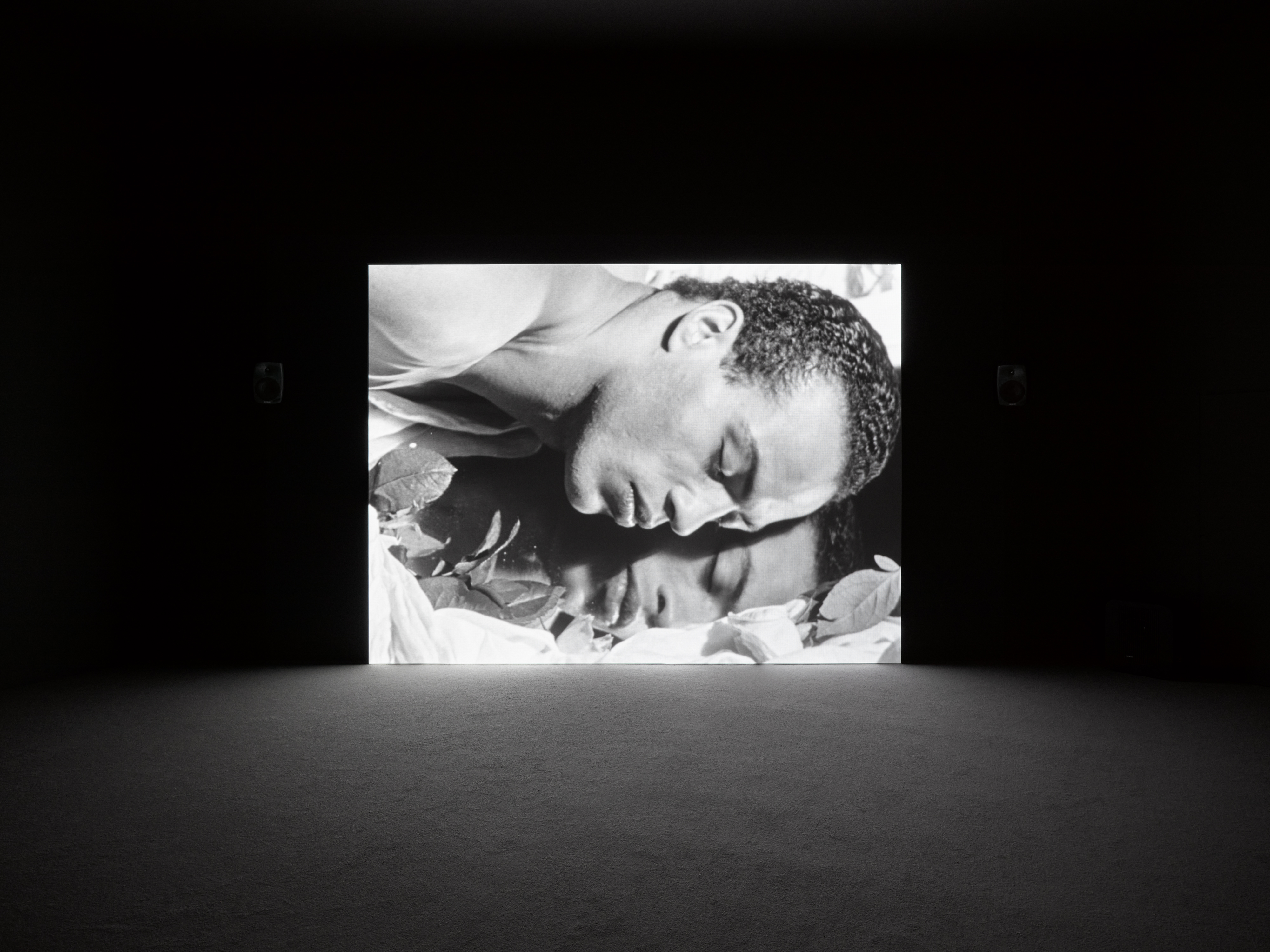
Installation view, Isaac Julien, Looking for Langston, Tate Britain, 2023
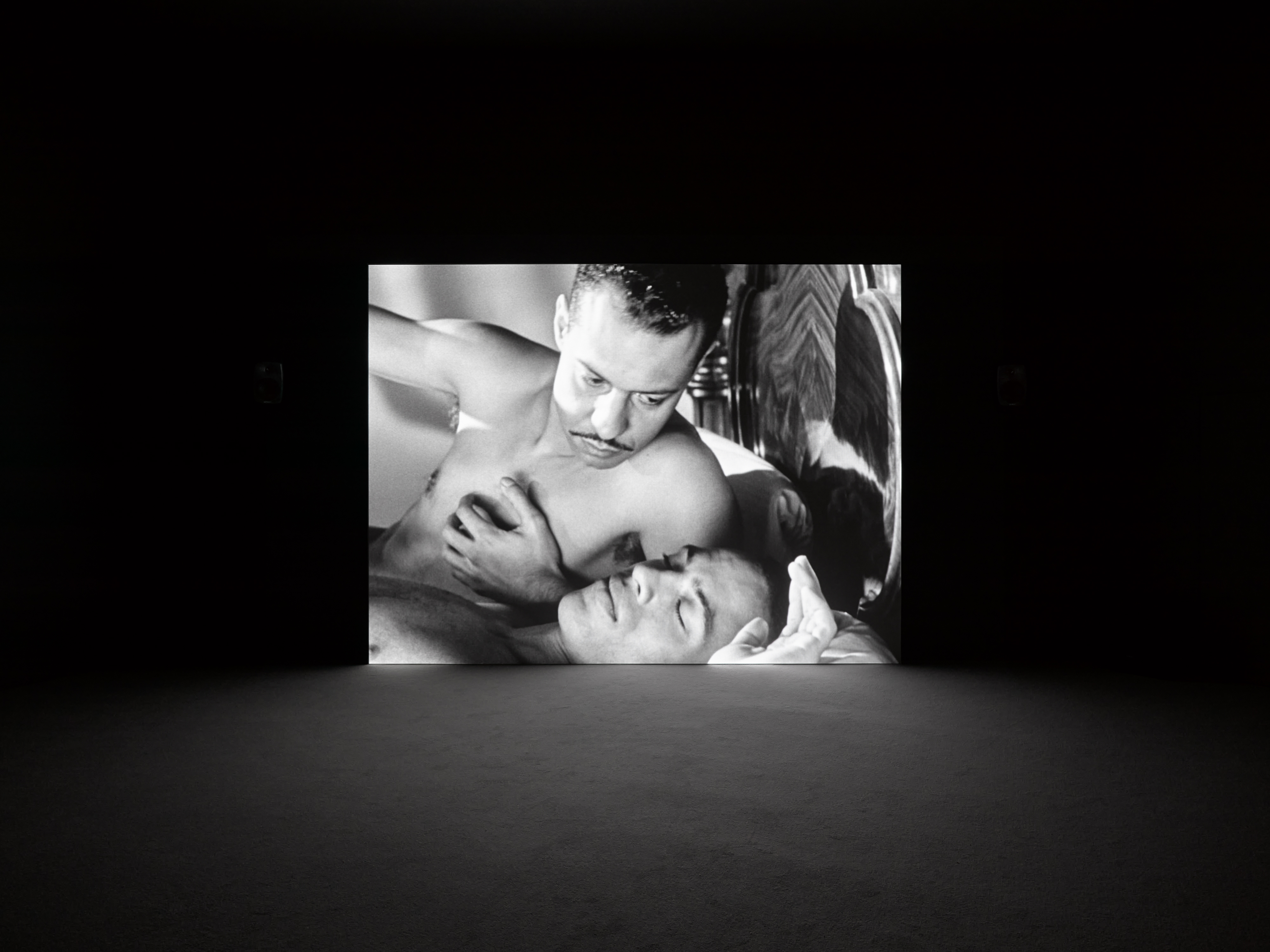
Installation view, Isaac Julien, Looking for Langston, Tate Britain, 2023
The show then opens with the artist’s most recent work, an inventive multi-channel piece about the life of writer and critic Alain Locke, Once Again… (Statues Never Die) (2022).
‘The [curation] has been in close dialogue with Isaac Julien from the outset, and that was something very important to us as curators, that we execute the vision as he conceived it, and I think it happened very organically,’ co-curator Isabella Maidment tells Wallpaper*.
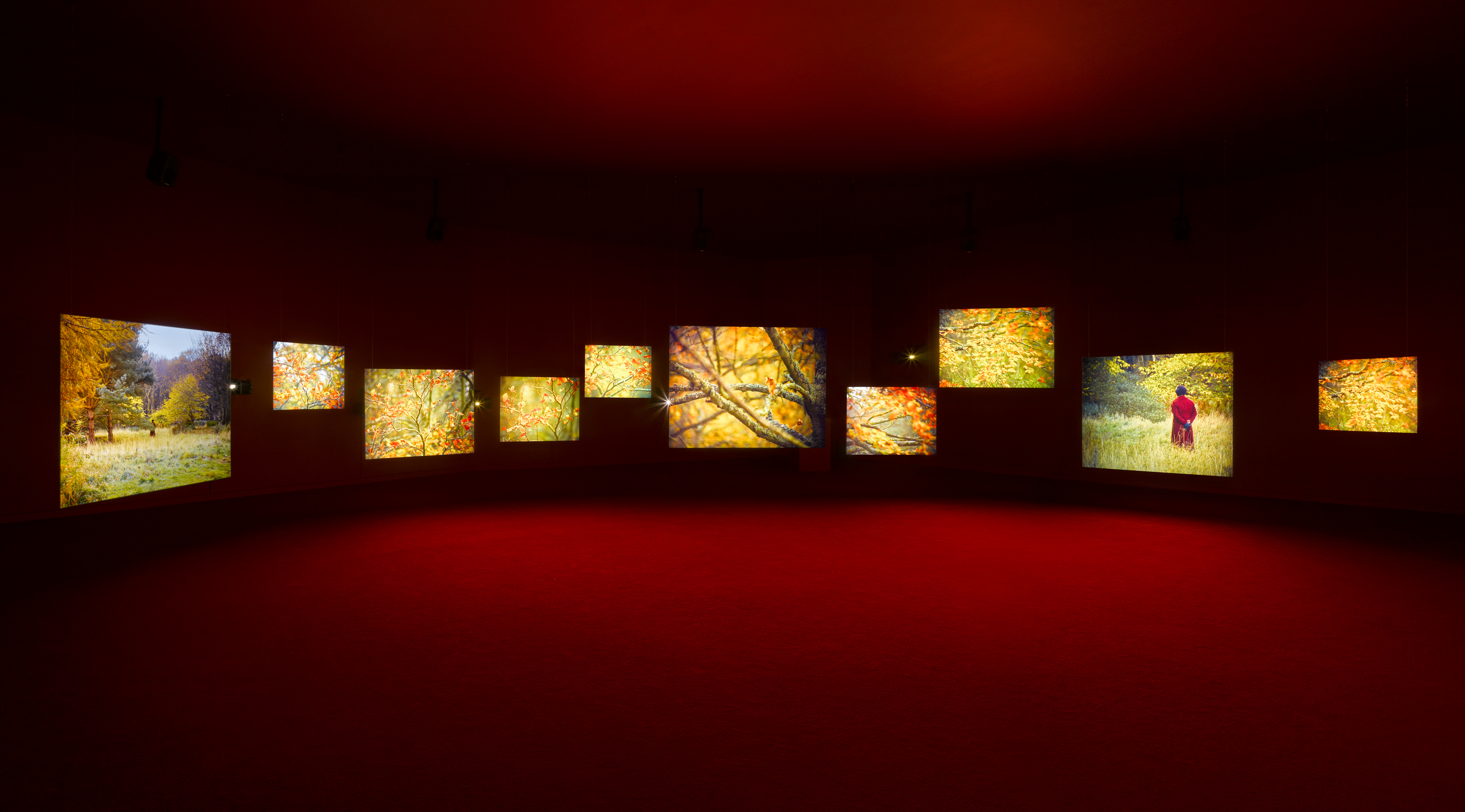
Installation view, Isaac Julien, Lessons of the Hour, Tate Britain, 2023
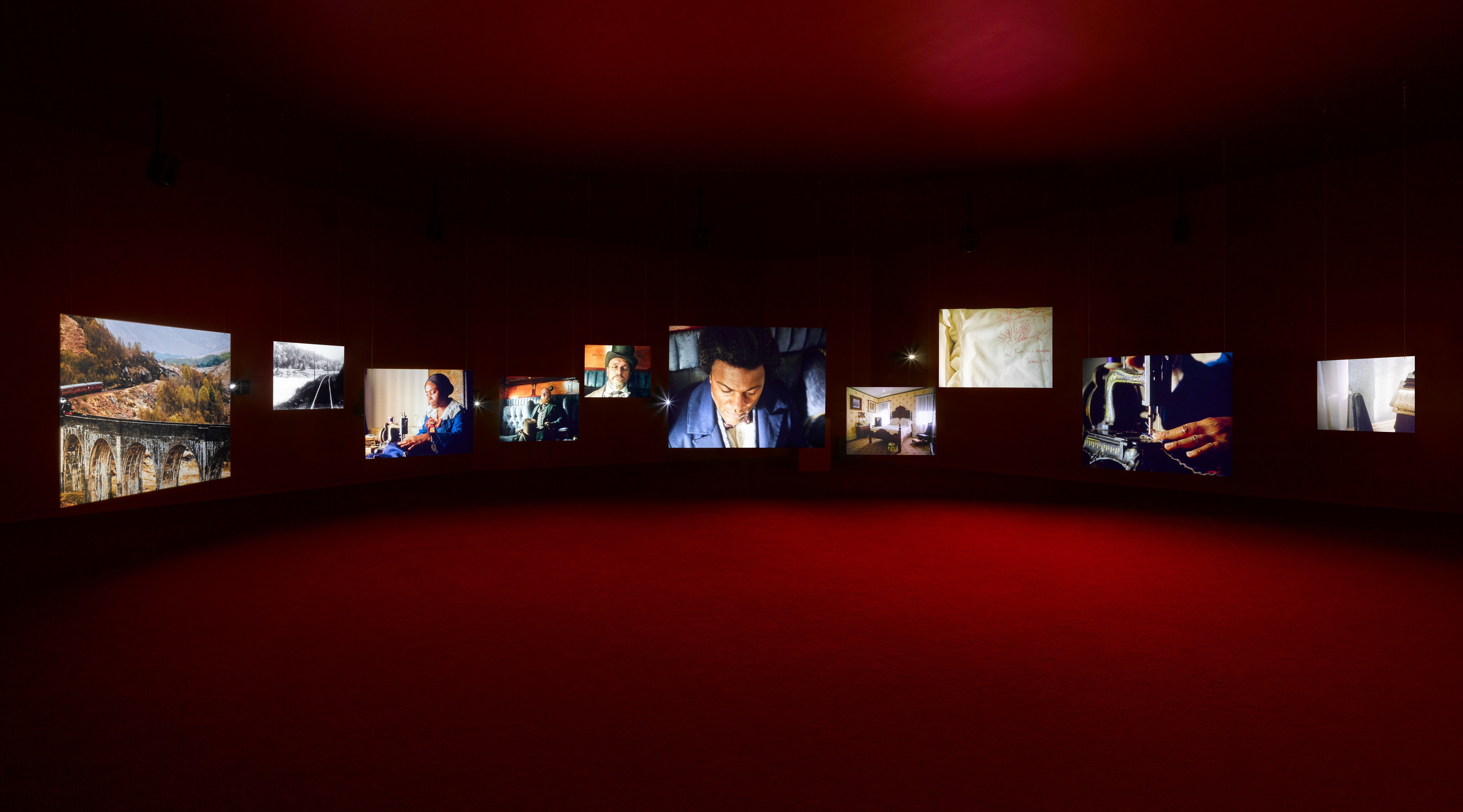
Installation view, Isaac Julien, Lessons of the Hour, Tate Britain, 2023
Julien’s work is so aesthetically rewarding, its beauty is often what dominates your initial experience of it. So the starting and ending of the exhibition with these early works reminds us of the origins of his practice and of the socio-political context in which it was forged.
‘Even though I go on to make other works, which perhaps are concerned with different themes […] connected to art and modernism, or migration movements, or the museum itself, they’re still connected to these kinds of early works which, for me, have become foundational,’ Julien explains.
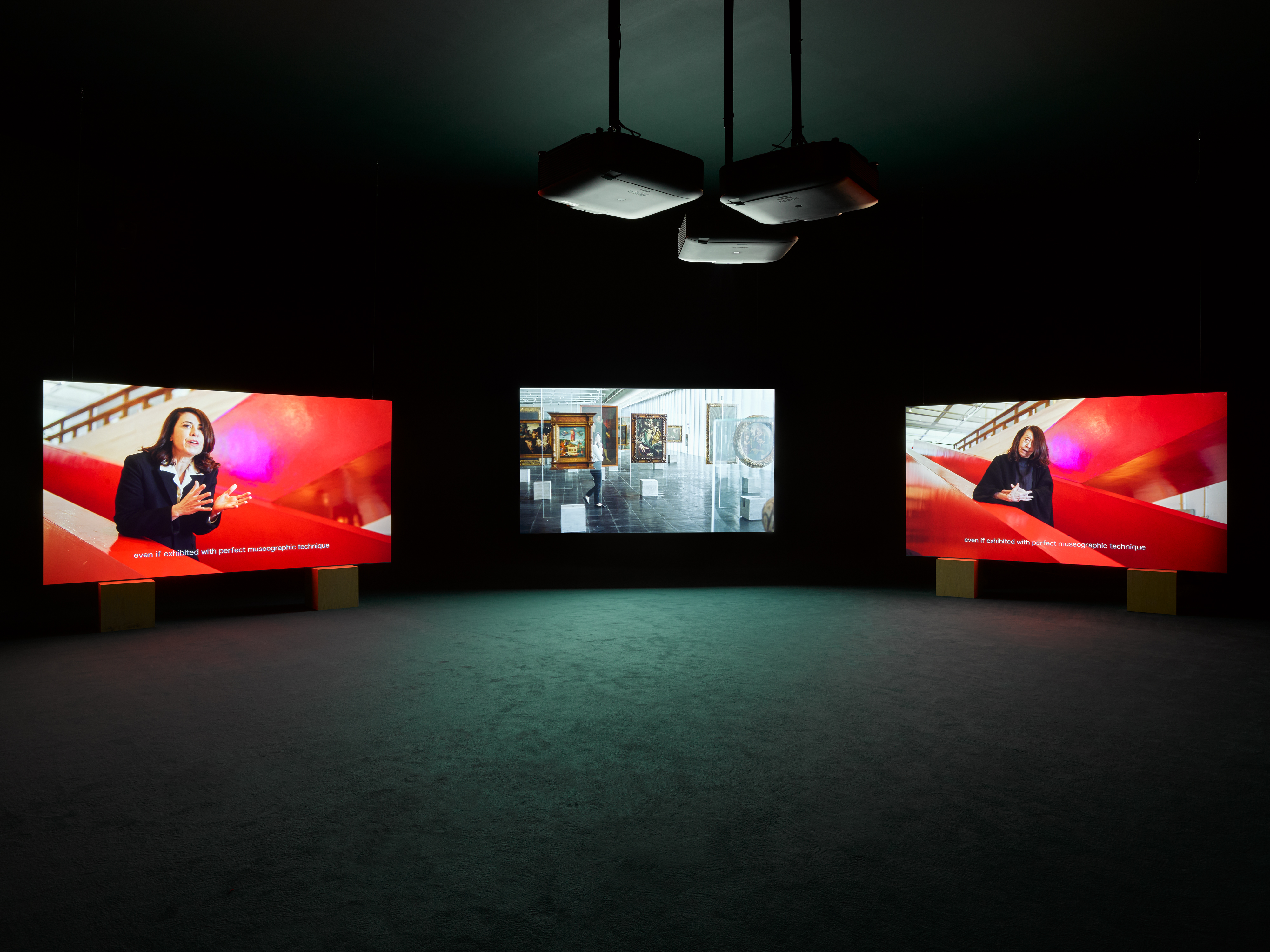
Installation view, Isaac Julien, Lina Bo Bardi – A Marvellous Entanglement, Tate Britain, 2023
The exhibition design by Adjaye Associates encourages the viewer to explore the space and walk in and out of the film works, which total about 4.5 hours (Tate also allows re-entry to the exhibition). The approach is in line with a theory of a mobile spectator that the artist has been developing in his practice, pushing the boundaries of how audiences engage with film and installation art. Another dimension to Julien’s work is sound, which he says is ‘50 per cent of the work’. Music plays a huge role in his films, as does the sound design, which adds to their transcendental quality.
Wallpaper* Newsletter
Receive our daily digest of inspiration, escapism and design stories from around the world direct to your inbox.
‘I think we’ve tried to create this sort of sonic tapestry, which whether it’s early work like Territories (1984) emulating scratch music… [or] Lina Bo Bardi - A Marvellous Entanglement (2019), which is about the influence that the Italian architect had on Brazilian and Afro Brazilian culture [but also] the effect Afro Brazilian culture had on the architect. What does it sound like? What does it signify or how does it feel to be in that culture?’
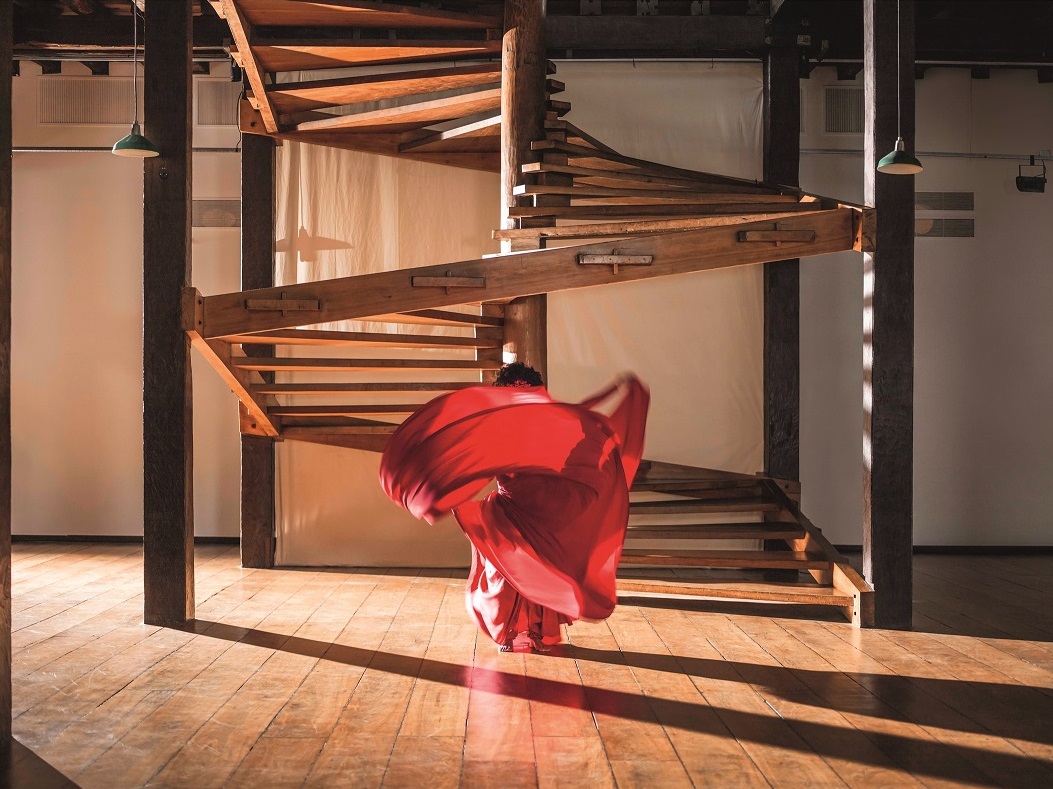
Isaac Julien, O que é um museu? / What is a Museum? (Lina Bo Bardi - A Marvellous Entanglement) 2019. Endura Ultra photograph facemounted
This interconnectedness is palpable throughout the exhibition, from the collaborators with whom Julien (a 2021 Wallpaper* Design Awards judge) has worked throughout his career to the themes that recur via his own timeline; histories and narratives are questioned in a way that informs but never feels didactic. You can learn a lot from these deeply researched works, but you can also experience the joy and the beauty in them and realise, in this life, how important these things are.
Isaac Julien, ‘What Freedom Is to Me’, Tate Britain, London, 26 April – 20 August 2023
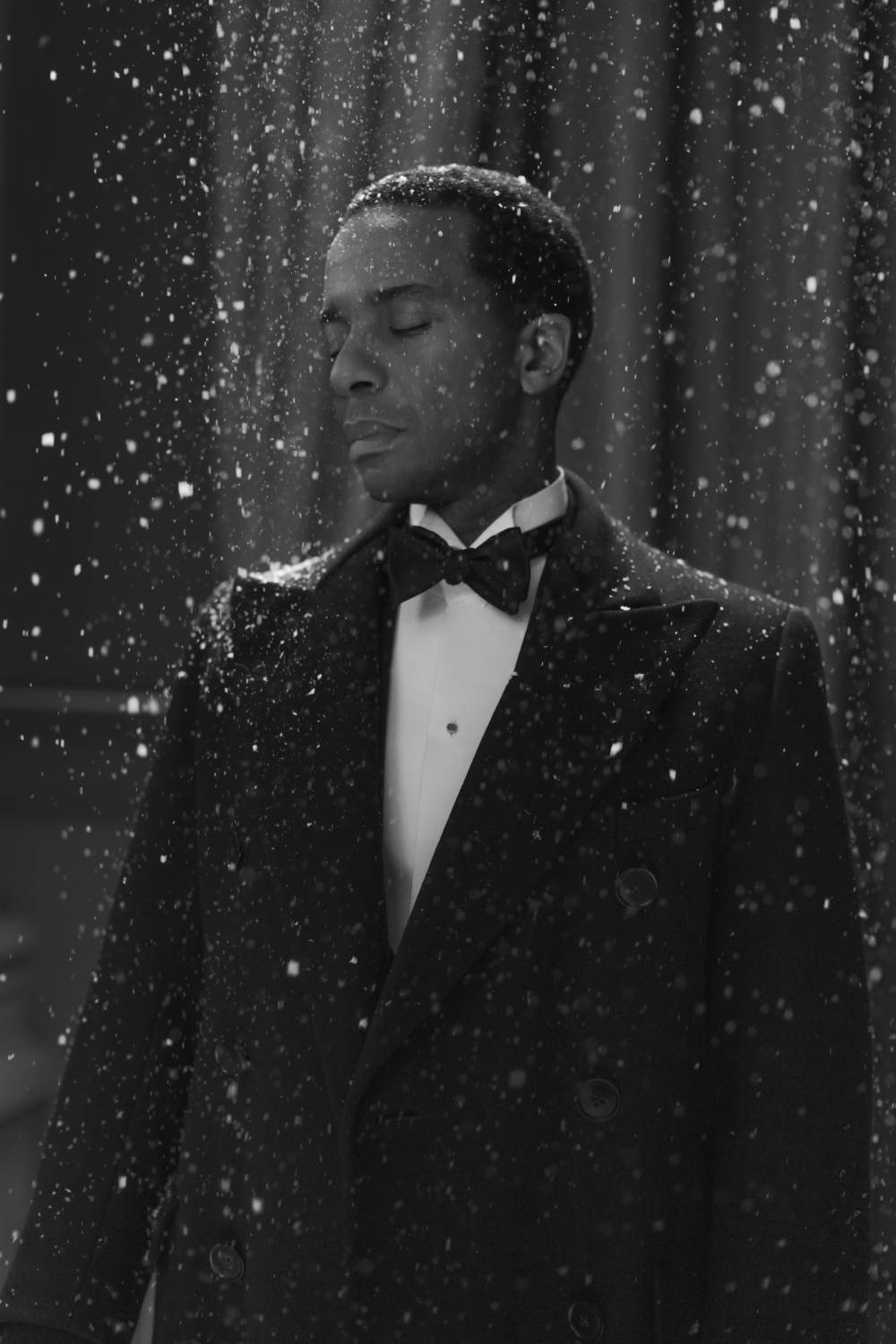
Isaac Julien, What Freedom is to me - Homage, 2022. Inkjet print on Canson Platine Fibre Rag
Amah-Rose Abrams is a British writer, editor and broadcaster covering arts and culture based in London. In her decade plus career she has covered and broken arts stories all over the world and has interviewed artists including Marina Abramovic, Nan Goldin, Ai Weiwei, Lubaina Himid and Herzog & de Meuron. She has also worked in content strategy and production.
-
 Marylebone restaurant Nina turns up the volume on Italian dining
Marylebone restaurant Nina turns up the volume on Italian diningAt Nina, don’t expect a view of the Amalfi Coast. Do expect pasta, leopard print and industrial chic
By Sofia de la Cruz
-
 Tour the wonderful homes of ‘Casa Mexicana’, an ode to residential architecture in Mexico
Tour the wonderful homes of ‘Casa Mexicana’, an ode to residential architecture in Mexico‘Casa Mexicana’ is a new book celebrating the country’s residential architecture, highlighting its influence across the world
By Ellie Stathaki
-
 Jonathan Anderson is heading to Dior Men
Jonathan Anderson is heading to Dior MenAfter months of speculation, it has been confirmed this morning that Jonathan Anderson, who left Loewe earlier this year, is the successor to Kim Jones at Dior Men
By Jack Moss
-
 Artist Qualeasha Wood explores the digital glitch to weave stories of the Black female experience
Artist Qualeasha Wood explores the digital glitch to weave stories of the Black female experienceIn ‘Malware’, her new London exhibition at Pippy Houldsworth Gallery, the American artist’s tapestries, tuftings and videos delve into the world of internet malfunction
By Hannah Silver
-
 Ed Atkins confronts death at Tate Britain
Ed Atkins confronts death at Tate BritainIn his new London exhibition, the artist prods at the limits of existence through digital and physical works, including a film starring Toby Jones
By Emily Steer
-
 Tom Wesselmann’s 'Up Close' and the anatomy of desire
Tom Wesselmann’s 'Up Close' and the anatomy of desireIn a new exhibition currently on show at Almine Rech in London, Tom Wesselmann challenges the limits of figurative painting
By Sam Moore
-
 A major Frida Kahlo exhibition is coming to the Tate Modern next year
A major Frida Kahlo exhibition is coming to the Tate Modern next yearTate’s 2026 programme includes 'Frida: The Making of an Icon', which will trace the professional and personal life of countercultural figurehead Frida Kahlo
By Anna Solomon
-
 A portrait of the artist: Sotheby’s puts Grayson Perry in the spotlight
A portrait of the artist: Sotheby’s puts Grayson Perry in the spotlightFor more than a decade, photographer Richard Ansett has made Grayson Perry his muse. Now Sotheby’s is staging a selling exhibition of their work
By Hannah Silver
-
 Celia Paul's colony of ghostly apparitions haunts Victoria Miro
Celia Paul's colony of ghostly apparitions haunts Victoria MiroEerie and elegiac new London exhibition ‘Celia Paul: Colony of Ghosts’ is on show at Victoria Miro until 17 April
By Hannah Hutchings-Georgiou
-
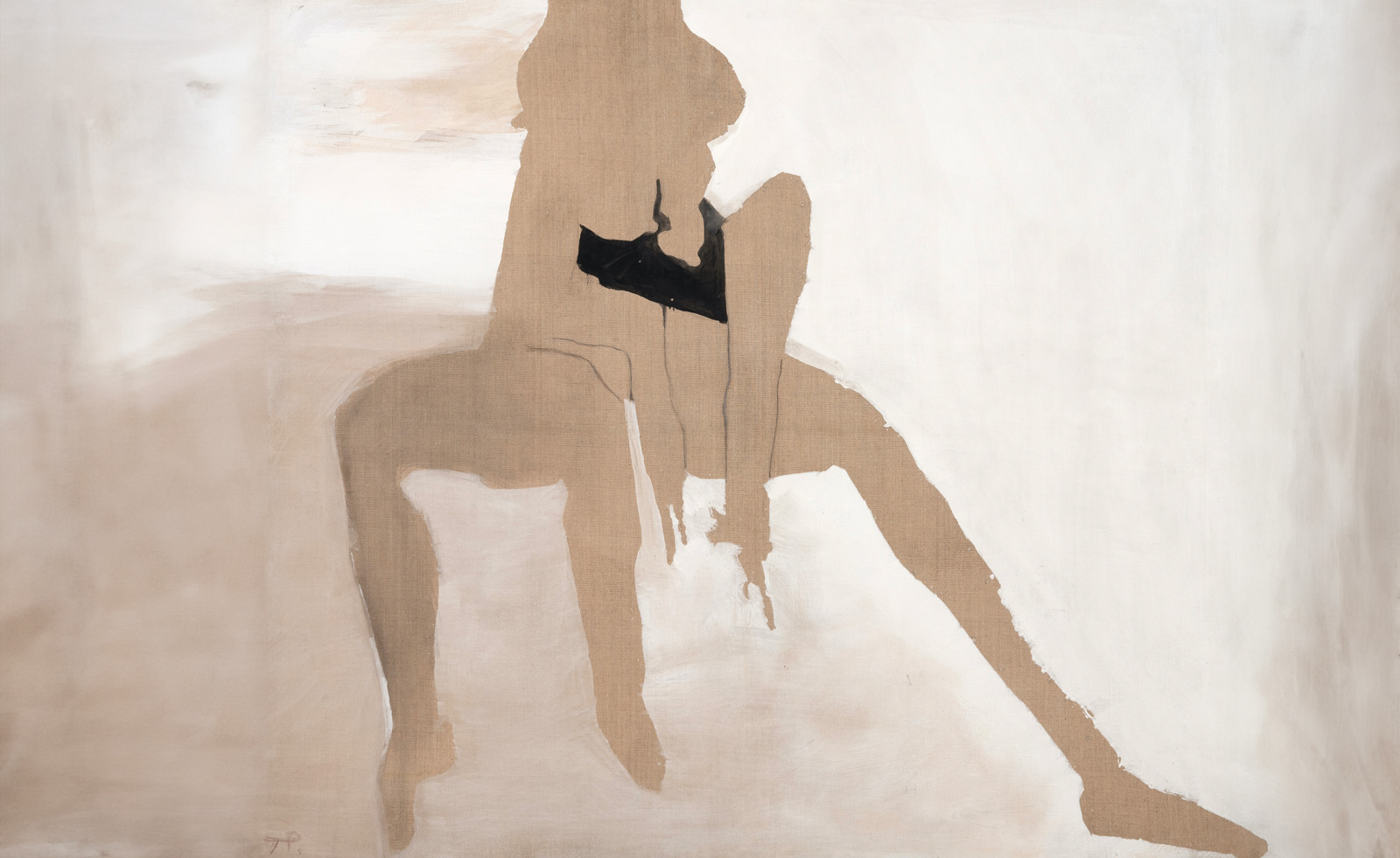 Teresa Pągowska's dreamy interpretations of the female form are in London for the first time
Teresa Pągowska's dreamy interpretations of the female form are in London for the first time‘Shadow Self’ in Thaddaeus Ropac’s 18th-century townhouse gallery in London, presents the first UK solo exhibition of Pągowska’s work
By Sofia Hallström
-
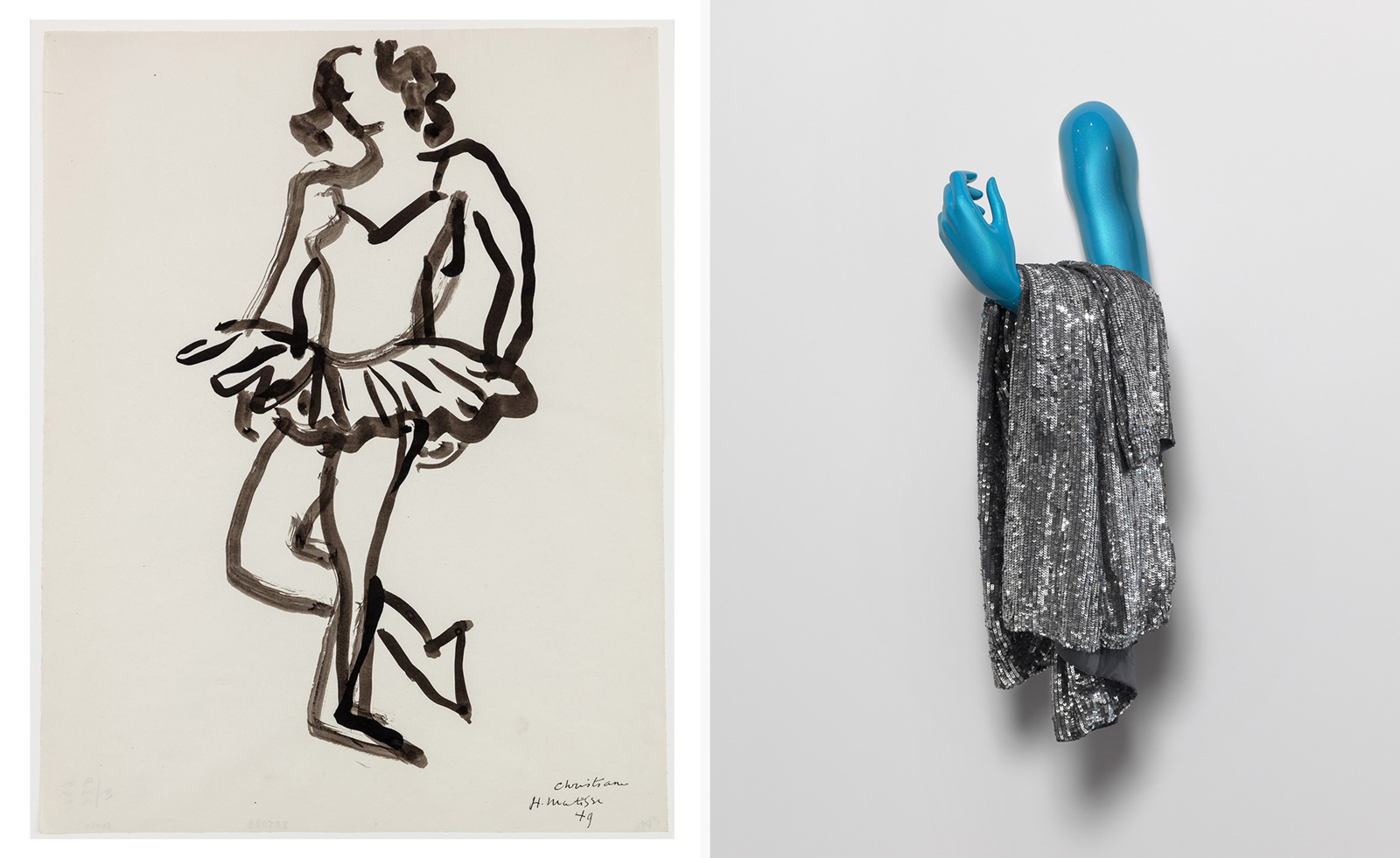 Sylvie Fleury's work in dialogue with Matisse makes for a provocative exploration of the female form
Sylvie Fleury's work in dialogue with Matisse makes for a provocative exploration of the female form'Drawing on Matisse, An Exhibition by Sylvie Fleury’ is on show until 2 May at Luxembourg + Co
By Hannah Silver